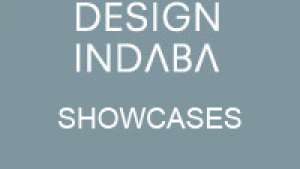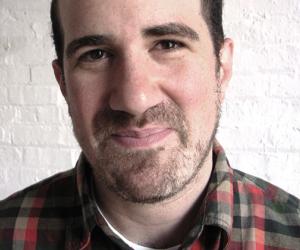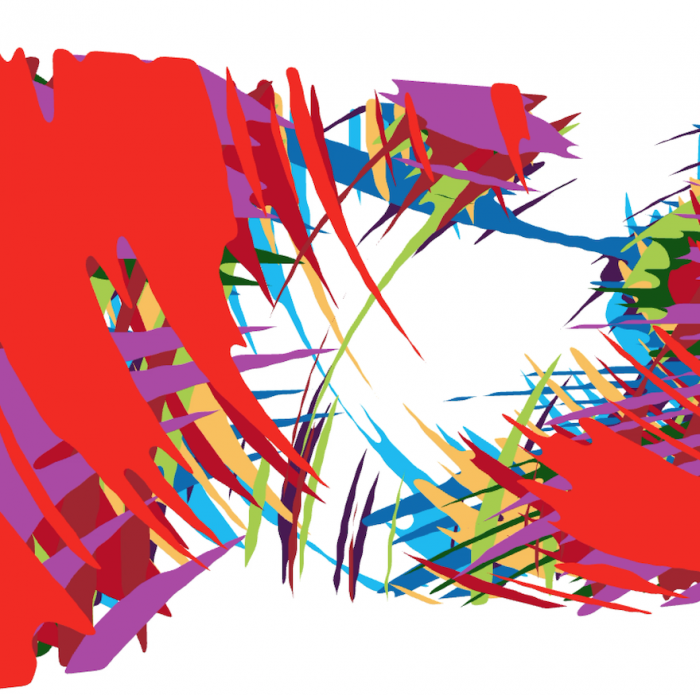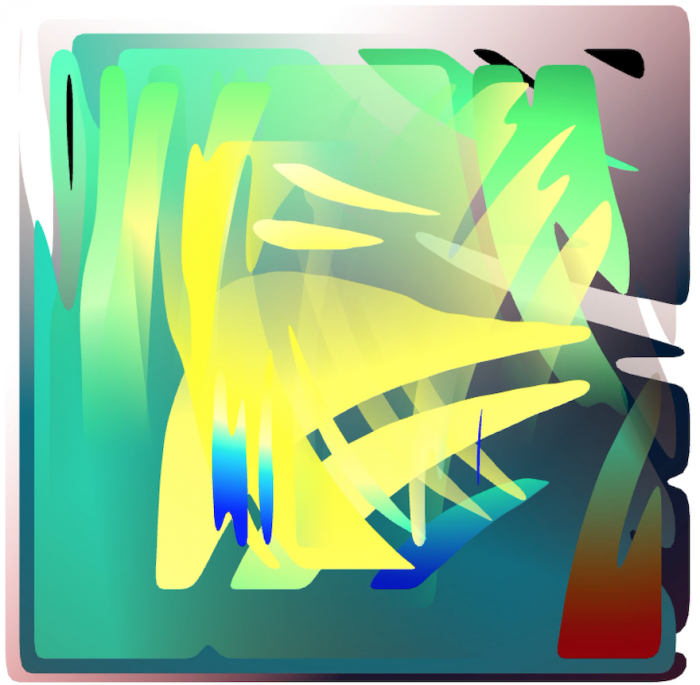From the Series
New media art is creative expression fuelled by digital innovation.
Zach Lieberman, an American hacker and artist, is at the forefront of that innovation with open source software, live coding, interactive installation, augmented reality and more.
Before his first Design Indaba talk at the Conference this week, here’s a rundown of the projects that make this designer a force to be reckoned with.
With collaborators Theo Watson and Arturo Castro, Lieberman created openFrameworks, an open source C++ library for creative coding and graphics.
The emphasis on creativity in something as binary as coding stems from the fact that Lieberman, a graduate of both fine art as well as design and technology, has one foot in the art world and one in the world of technology.
Using openFrameworks, Lieberman created Eyewriter, a device which helped a graffiti artist paralysed by ALS write using his eyes.
Made up of members of Free Art and Technology (FAT), OpenFrameworks, the Graffiti Research Lab, and The Ebeling Group communities, the international team is working together to create a low-cost, open source eye-tracking system that will allow ALS patients to draw using just their eyes.
The long-term goal is to create a professional/social network of software developers, hardware hackers, urban projection artists and ALS patients from around the world who are using local materials and open source research to creatively connect and make eye art.
Lieberman is also behind the School for Poetic Computation, a free-spirited, project-based approach to learning creative coding.
“People are coming from a programming background, and thinking, how do I make art with these skills? Things that are whimsical? Dreams?” Lieberman was quoted as saying ahead of the programmes launch in 2013.
And finally, in his latest endeavour, Lieberman is using openFrameworks and Apple’s AR kit to visualise sound.
It’s a real time sound map that maps a rooms dimensions and uses the phone’s microphone to create shapes in augmented reality.
“It knows where you paint the sound in space relative to where you open the app,” Leiberman told Wired.“But it doesn’t know that space is in Brooklyn or at this intersection or in this room.”
Find out more about his work or book your ticket to the Design Indaba Conference to see it up close.









